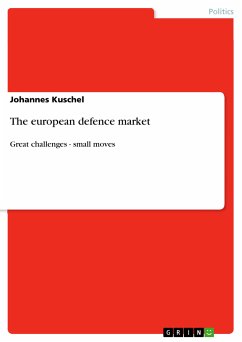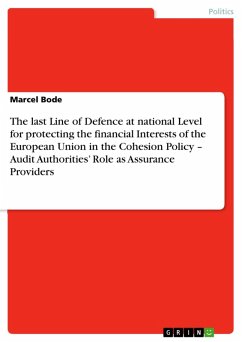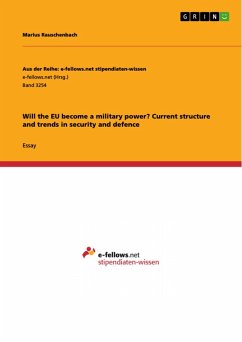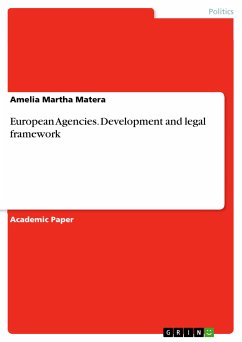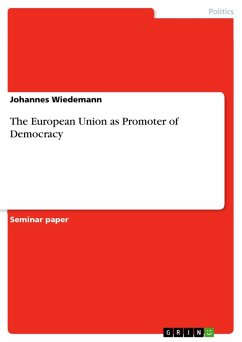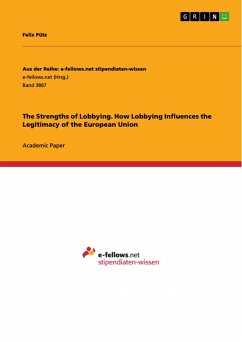Document from the year 2008 in the subject Politics - Topic: European Union, grade: 1, Anglia Ruskin University, language: English, abstract: This work examines the strategic options for companies in the European defence sector, taking into account the drastic changes the industry will be faced with in the coming years. It explores the players in the market, assesses their market position in their respective national industry and forecasts their potential position in a common European defence market. It explores duplication and absence of armaments and technological skills as well as the reasons for them. The paper suggests strategies to overcome the aforementioned market distortions and provides options for companies to deal with the situation favourably. Moreover, it explores the U.S. defence industry, which was confronted with severe market changes after the fall of the Berlin Wall. The research relied mainly on data issued by European Union institutions, strategic research institutions, company annual reports, international organizations such as NATO, and financial newspapers in order to cover recent events. Data was analyzed using the Herfindahl-Hirschman Index and other mainly comparative ratios in order to collate markets, companies, and structures. The work provides an empirical analysis of market conditions that shows that European national defence markets are highly concentrated, whereas the U.S. market is unconcentrated. It illustrates reasons for this condition and presents ways to change the concentration in the market. The research contributes towards the rather low number of studies that have been conducted in the field of European armaments. It provides a foundation for potential supplementary studies that could be concerned with an assessment of the effectiveness of legal and other initiatives used to streamline the European defence industry. Keywords - Armaments, Market structure, Defence sector, European Union
Dieser Download kann aus rechtlichen Gründen nur mit Rechnungsadresse in A, B, BG, CY, CZ, D, DK, EW, E, FIN, F, GR, HR, H, IRL, I, LT, L, LR, M, NL, PL, P, R, S, SLO, SK ausgeliefert werden.

